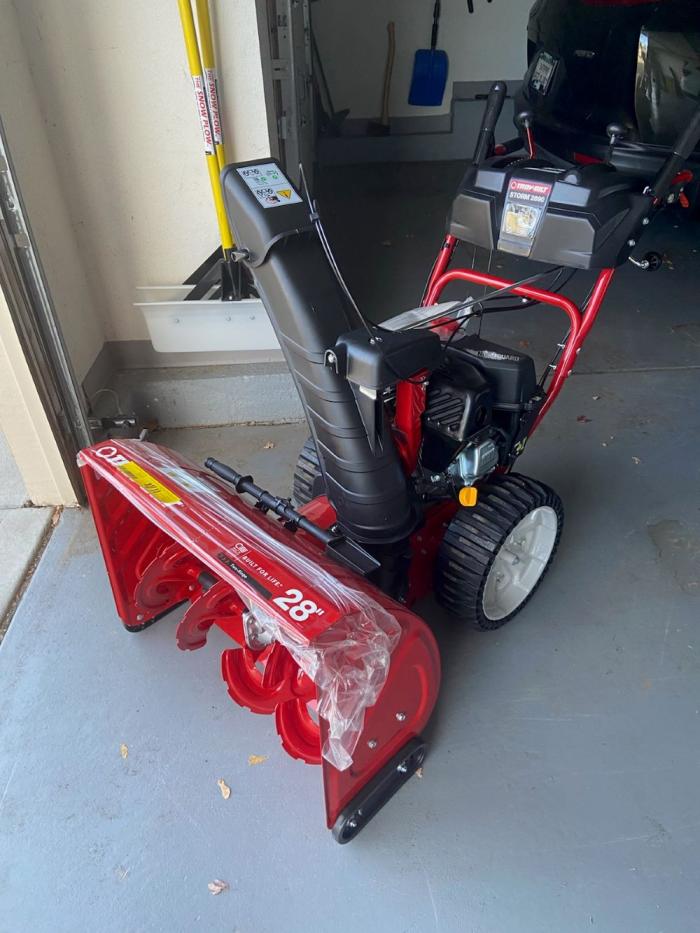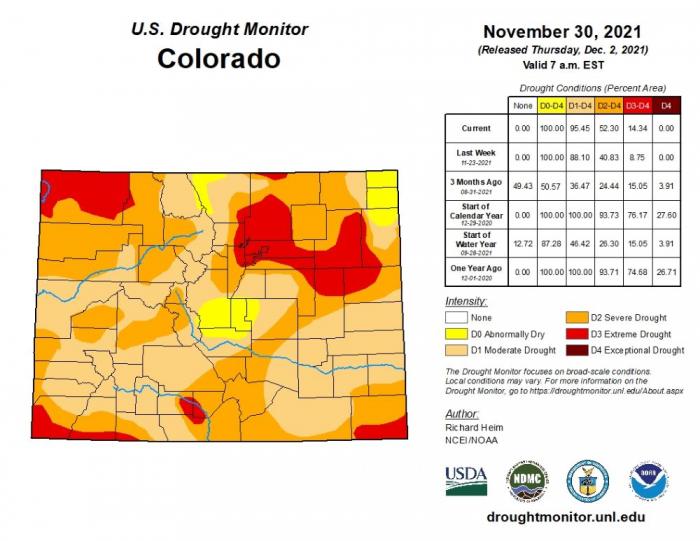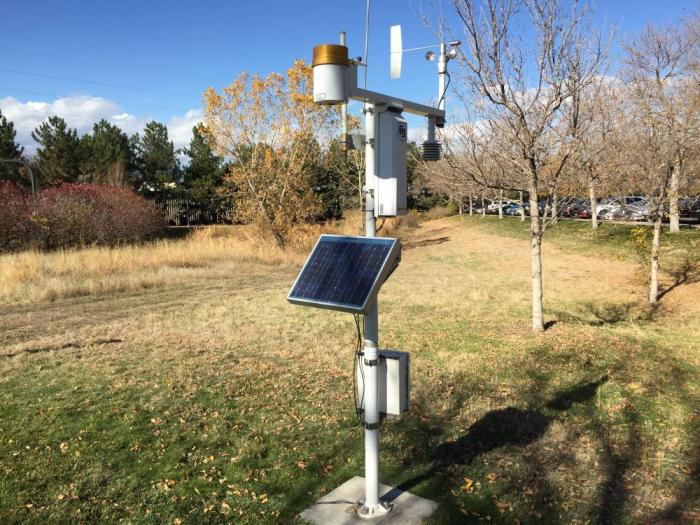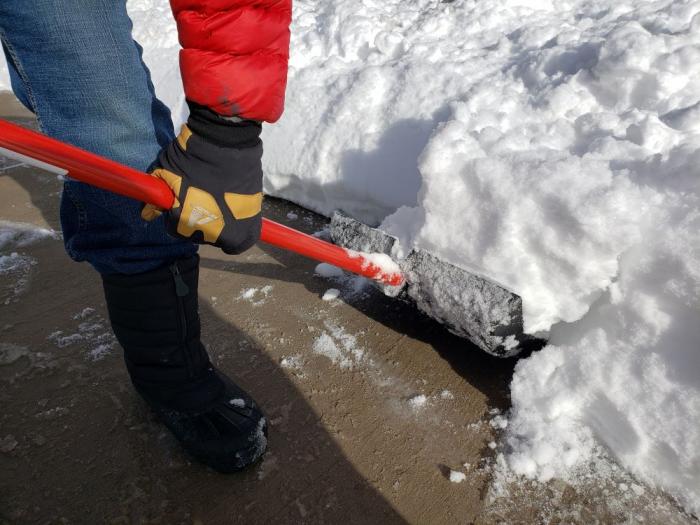A snowblower’s lament
In garages across the metro area, an epidemic of loneliness, malaise, ennui and enervation has befallen an idled army.
Isolated and unused, aging in place, soldiers without a war.
We’re talking about the snowblowers. They need some action, a workout, a sidewalk to clear, a person to make feel useful, a neighbor’s yard to bury.
Indeed, snow has been a stranger to Denver this fall. And it isn’t only the snowblowers that feel sad.
The water watchers at Denver Water too feel blue about the warm, dry weather that is setting all the wrong kinds of records this fall.
While there is still time to see things turn around, and Denver Water planners prepare for stretches like this, there’s no denying the weather pattern sets a bad tone for the winter to come.
- Denver has surpassed the previous record for the latest snowfall (Nov. 21, set in 1934) and still awaits its first measurable snow.
- Denver has gone a near-record 226 days (and counting) since the last measurable snow. The all-time record, set in 1887, is 235, according to the National Weather Service.
- Only 1.88 inches of precipitation since June 1, the lowest mark on the books by nearly three-quarters of an inch.
- Record warmth between June 1 and Nov. 30 at 65.5 degrees (previous record, 1933 at 65 degrees).
It should be noted that Denver weather records maintained by the National Weather Service are tied to locations at Denver International Airport 18 miles northeast of downtown, which not everybody thinks is the best weather proxy for Denver.
Example: Denver Water has recorded an average of 5.2 inches of precipitation between June 1 and November 30 at its monitoring locations across the Denver region.
That’s a quite a bit higher than the DIA figure.
But record keeping is record keeping, and so the National Weather Service calls the shots.
The news has been a little better in the mountains, where Denver Water gets the bulk of its supplies. But after a strong October, high country snow slowed in November, and snowpack levels have dropped from initially promising numbers.
“Denver Water continues to keep a close eye on conditions both in town and throughout our collection system,” said Jason Finehout, the utility’s water shortage and drought preparedness manager. “We’ve developed drought plans for years like this and have many tools to address shortages. Nevertheless, it’s important customers do their part, too, and be smart about wintertime water use.”
Most customers have done just that, turning off irrigation systems while keeping trees and shrubbed watered every couple of weeks during extended dry stretches.
The fall and winter seasons are also a good time to focus on indoor use. Fixing leaks, installing low-flow toilets, appliances and showerheads can make a big dent in water use over time.
While this parched autumn is cause for concern, Denver Water is fortunate to benefit from a far-flung collection system that still has its major reservoirs at levels typical for this time of year (84% of capacity) after summer drawdowns and ahead of spring runoff.
That said, poor snowpack in late November can be an omen, especially in the South Platte Basin, where half of Denver Water’s supplies originate.
Over the last 43 years of data, snowpack has only been this low, or lower, seven times. And those years ended up among the 14 lowest peak snowpack years during that stretch.
“It is not a great sign on the South Platte, but it is still early. We don’t know how this will play out. Year in and year out we plan for a variety of conditions and not a single scenario, so we are able to be nimble and adapt to changing conditions,” said Nathan Elder, manager of water supply for the utility.
Climate change has increased variability in weather and Denver Water has seen poor water years bounce back quickly, as was the case with the March storms of 2019 or this past wet spring on the Front Range, Elder said. But there have been other years in the past when we were not so lucky.
Denver Water has plenty of tools to address poor water years, including a customer base that knows how to conserve and responds well to messages related to drought.
And as fall turns to winter, depending on conditions, Denver Water could start signaling the need to be ready for a slower start to irrigation season next year.
Still, some forecasts indicate better things to come this month, and a couple mammoth snowstorms can still play a big part in righting the ship, Elder said.
And, when the snow inevitably comes, Elder is excited to utilize more sophisticated techniques to help get a better read on snowpack.
Using aerial surveys that make use of light beams reflecting off snow, Denver Water can get a more detailed sense of snowpack at high elevations. That, in turn, helps the utility to better plan and manage supplies.
That’s information that compliments what’s measured by the so-called SNOTEL sites that are distributed across the region on the surface, often at elevations lower than that measured by the aerial methods.
“These are the types of years where that (aerial) data could be crucial, giving us a better, more fuller understanding of snow levels,” Elder said.
In the meantime, keep that hose off your lawn and maybe give your lonely snowblower a pep talk. You’ve given away your shovel, you’re counting on the machine to be ready.
Its time will come.





